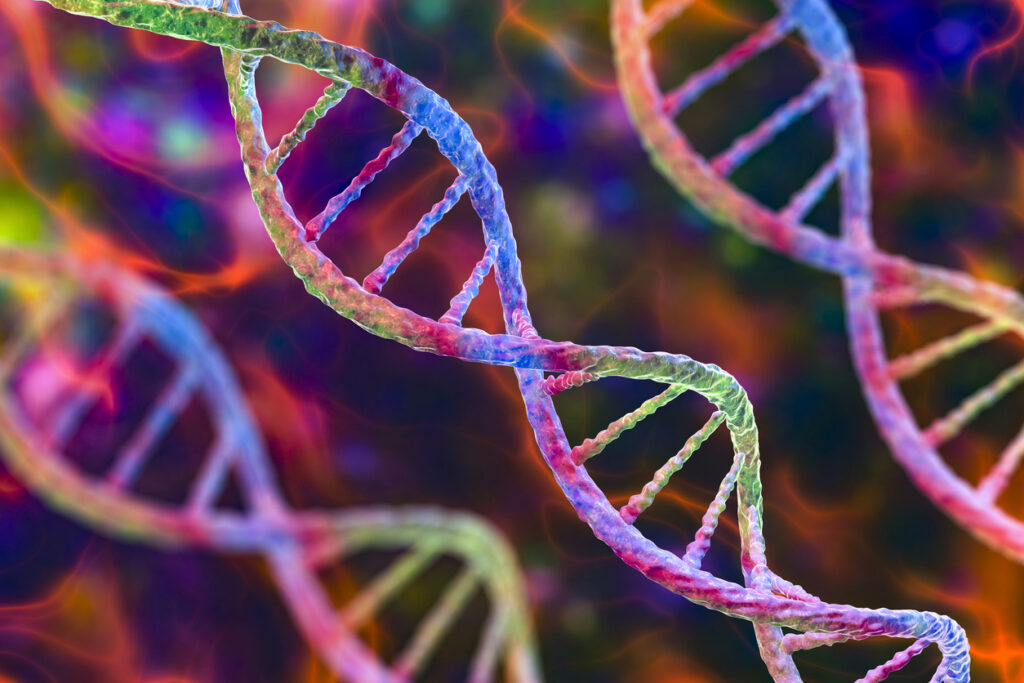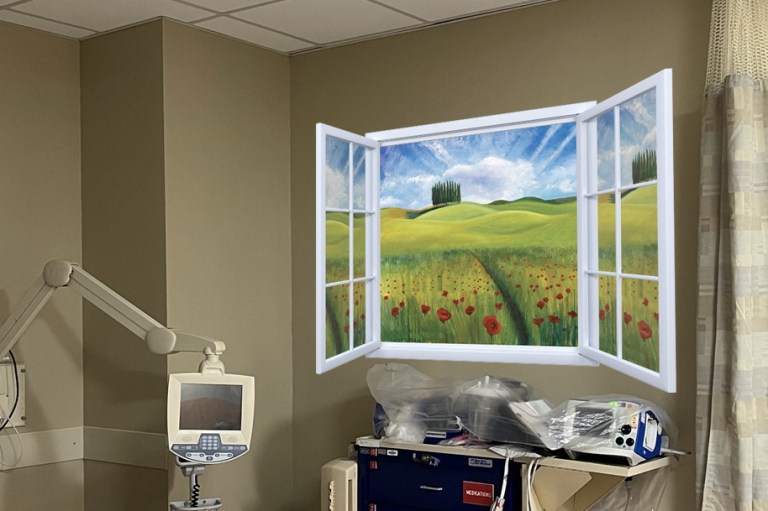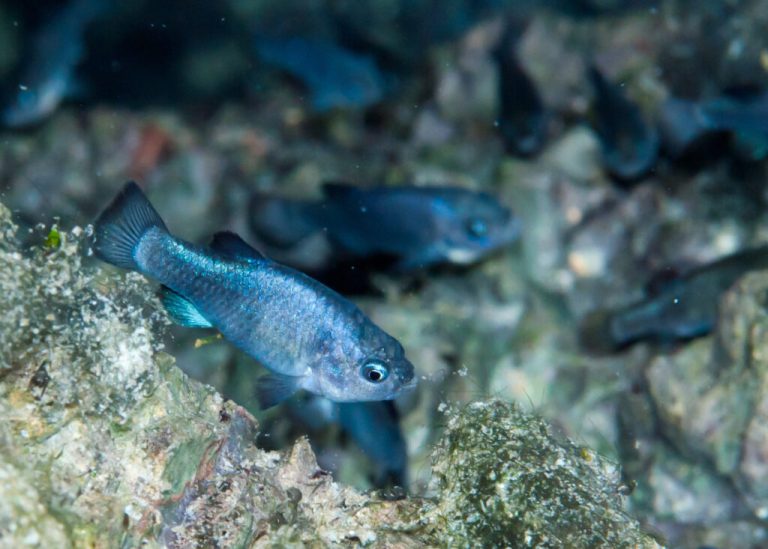Teddi, a 19-month-old girl, was the first person in the U.K. to receive a new, potentially “life-saving” gene therapy for metachromatic leukodystrophy (MLD), a fatal genetic disorder, outside of a clinical trial. About six months after treatment, she is “a happy and healthy toddler showing no signs of the devastating disease she was born with,” per a statement from England’s National Health Service.
MLD causes a progressive deterioration of one’s intellectual and motor functions, according to the Genetic and Rare Diseases Information Center. The inherited disorder interferes with cells’ ability to break down fats (sulfatides) in cells, particularly within the nervous system, causing toxic buildup that eventually destroys the brain’s white matter.
Symptoms include: difficulty walking and speaking, loss of vision that leads to blindness, seizures, and dementia. For infants diagnosed with MLD, the life expectancy is generally five to six years of diagnosis, according to the Cleveland Clinic.
Without a cure available for MLD, most treatments have been aimed at helping children manage their symptoms and improve their quality of life; some experimental treatments have been shown to slow down the disorder. However, this new gene therapy is trying a different approach: removing the stem cells and replacing the faulty genes in cells that cause MLD with working copies that can successfully break down the sulfatides. Thus, “correcting” the underlying cause.
The treatment, called Libmeldy, is made using cells that are extracted from a patient’s blood or bone marrow, according to the European Medicines Agency (EMA). From there, non-faulty genes are inserted into the cells, which then go back into the patient’s vein, where they grow and carry the new, functional genes to control the symptoms of the disease.
It’s a one-time treatment with expectations for “long-lasting” results.
RELATED: 13-Year-Old Is Cancer-Free After Receiving “World-First” Treatment for Her “Incurable” Leukemia
Clinical trials showed that the benefits of Libmeldy were seen most in children who hadn’t developed MLD symptoms. That said, the EMA noted that “extended follow-up is needed” to see whether the positive effect “will persist life-long.”
Shaw’s first daughter, Nala, was also diagnosed with MLD. Unfortunately, she wasn’t eligible for the treatment due to the progression of her symptoms.
“We are extremely privileged that Teddi is the first child to receive this on the NHS and grateful that she has the opportunity to lead a long and hopefully normal life. Without this treatment, we would be facing both our children being taken away,” said Teddi’s mother, Ally Shaw. “We can only hope that one day, a treatment becomes available for all stages of MLD, and we feel strongly that it should be added to the new-born screening test to save more families from having to go through this heartache.”
According to Live Science, Libmeldy was once rejected because of its list price of 2.8 million pounds, but the therapy’s manufacturer offered it to the NHS at a “significant confidential discount” and was approved for use in the European Union and U.K. However, it has not been approved by the U.S. Food and Drug Administration yet.
For now, Teddi’s results offer a potential path to healing — and hope.
“Teddi is doing absolutely brilliant! She is walking, running, a chatterbox, absolutely no signs so far of MLD. She is an absolute character and has everyone around her laughing all the time,” Shaw said.
Added NHS Chief Executive Amanda Pritchard: “This is a huge moment of hope for parents and their babies who are born with this devastating inherited disorder.”












